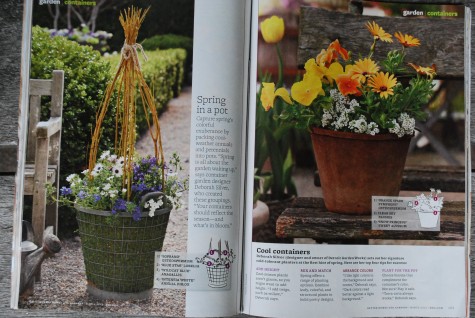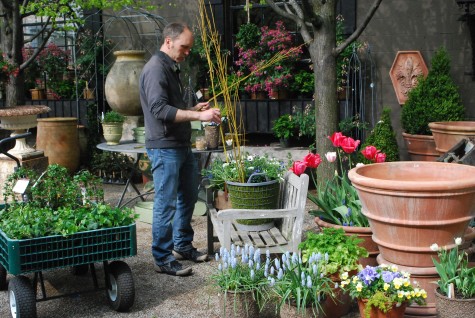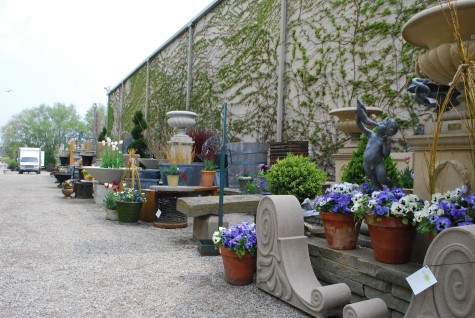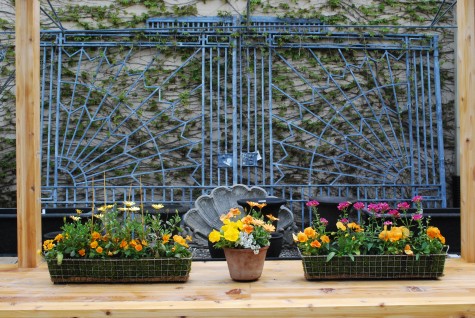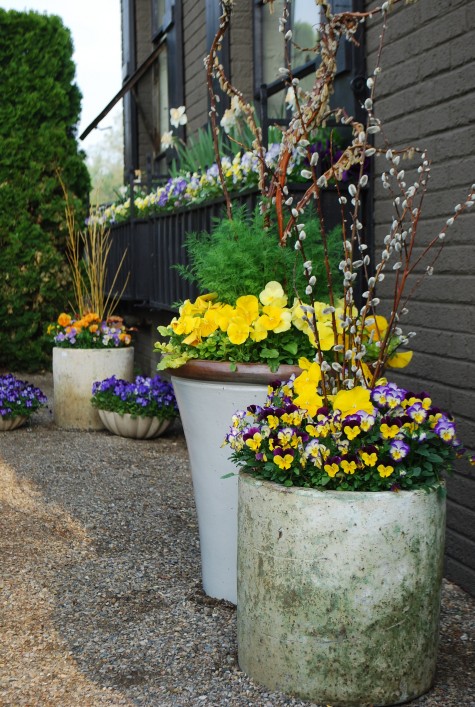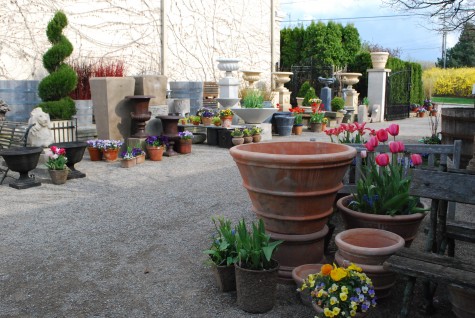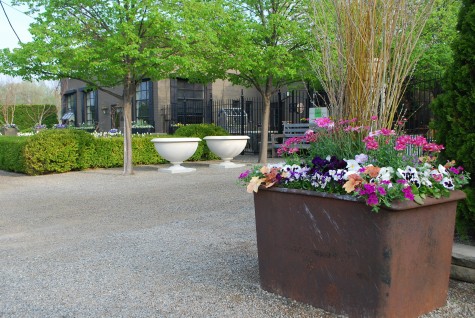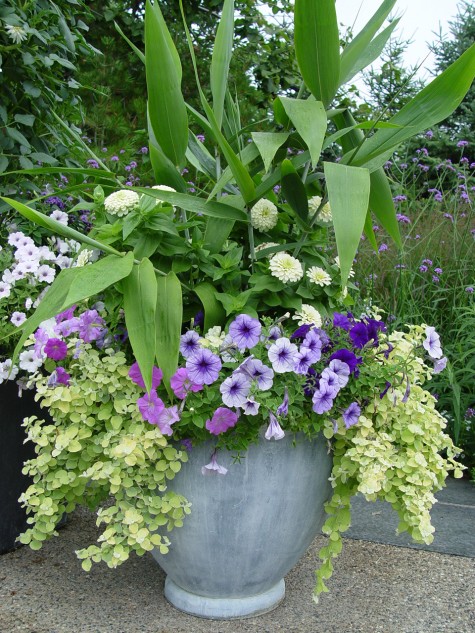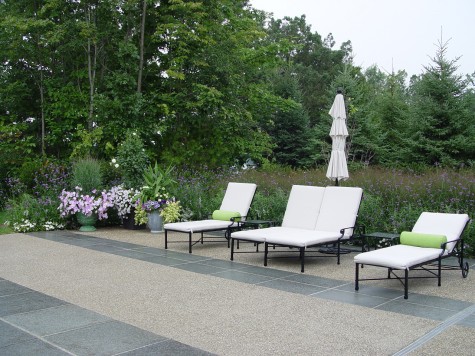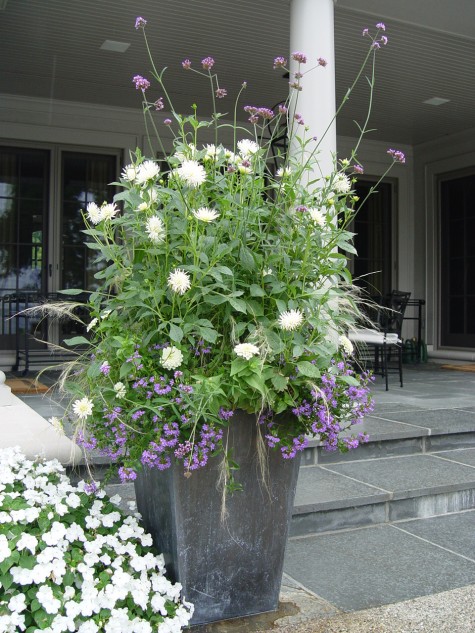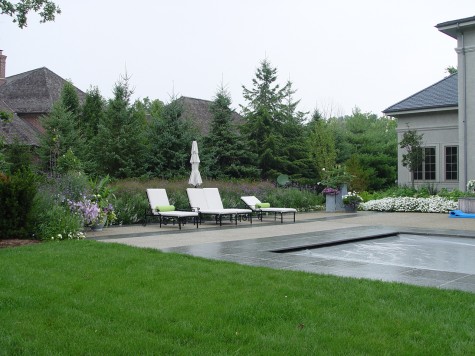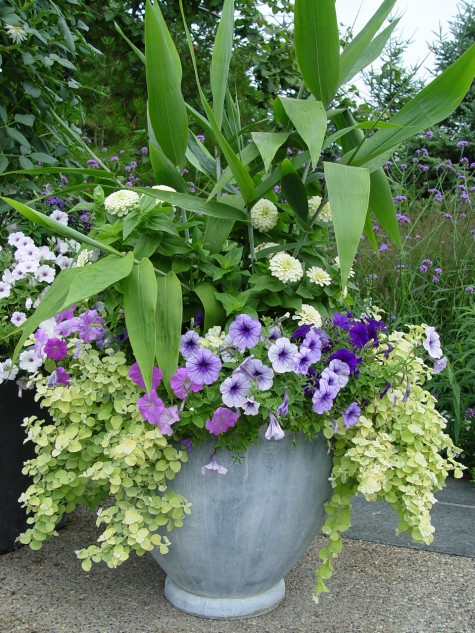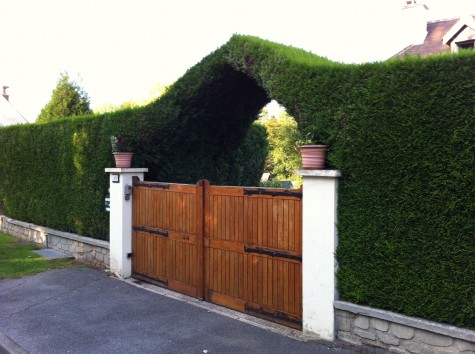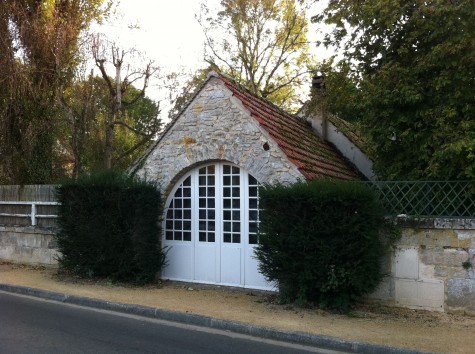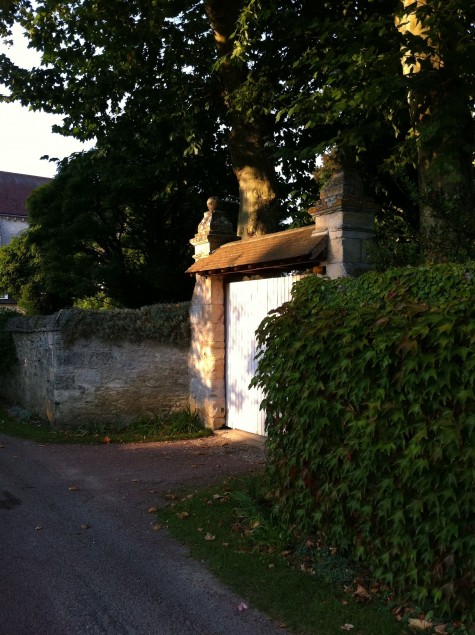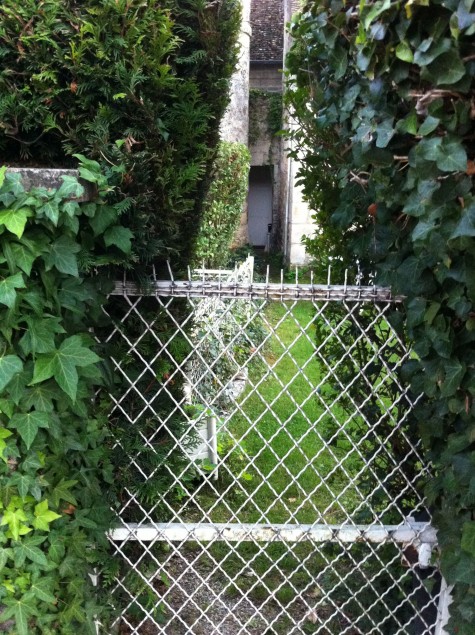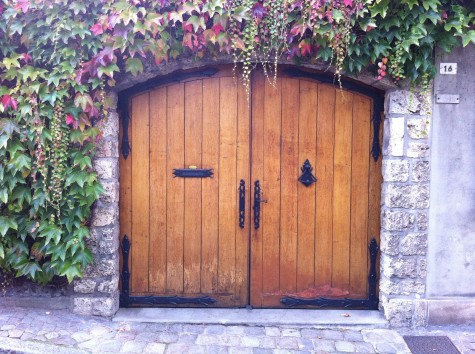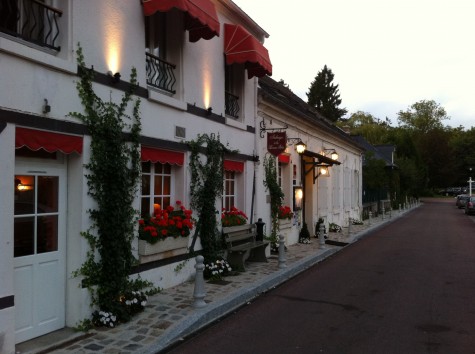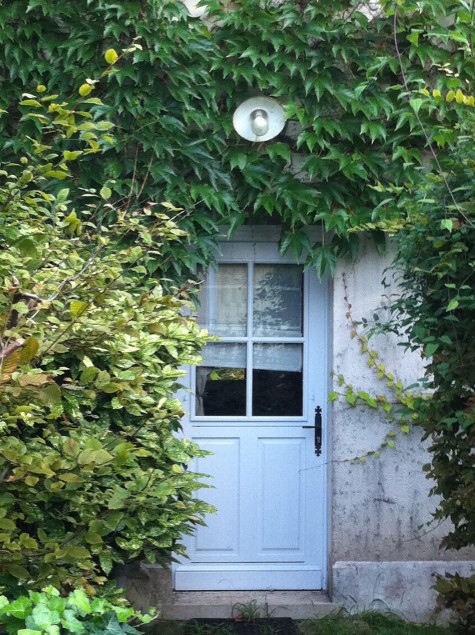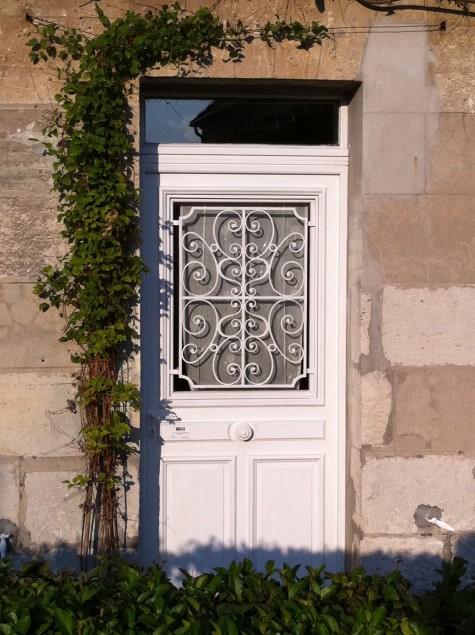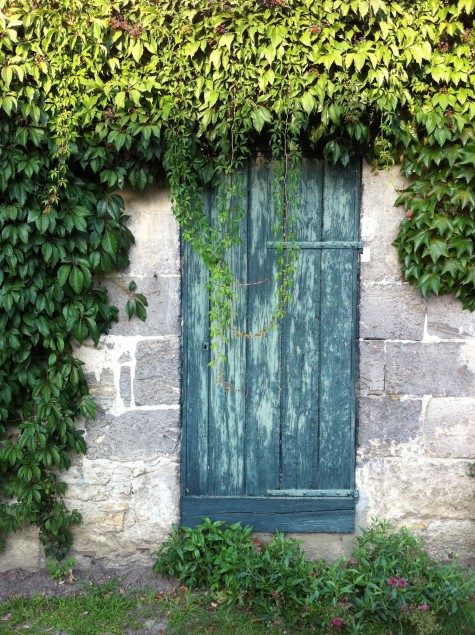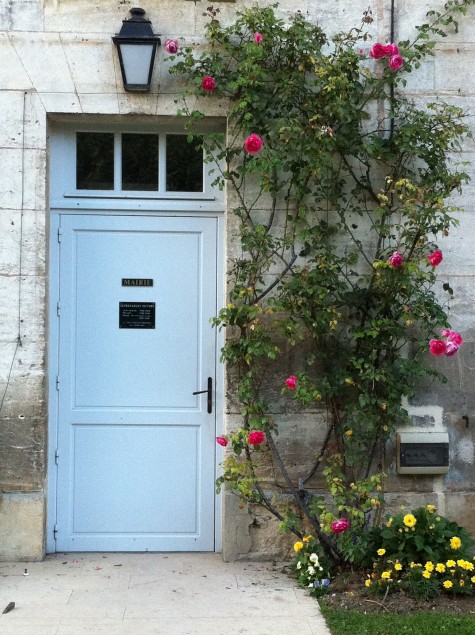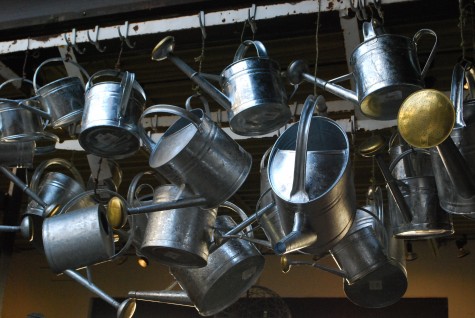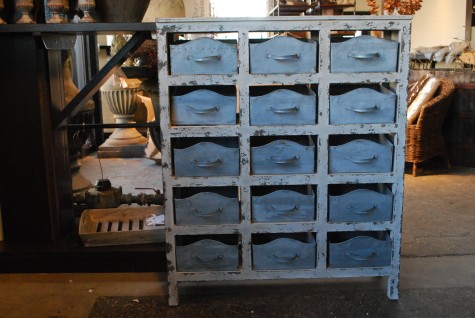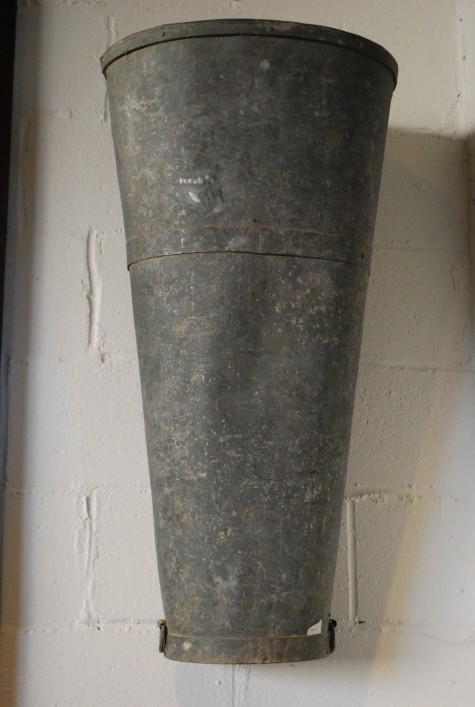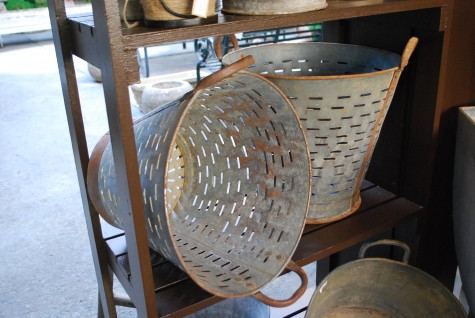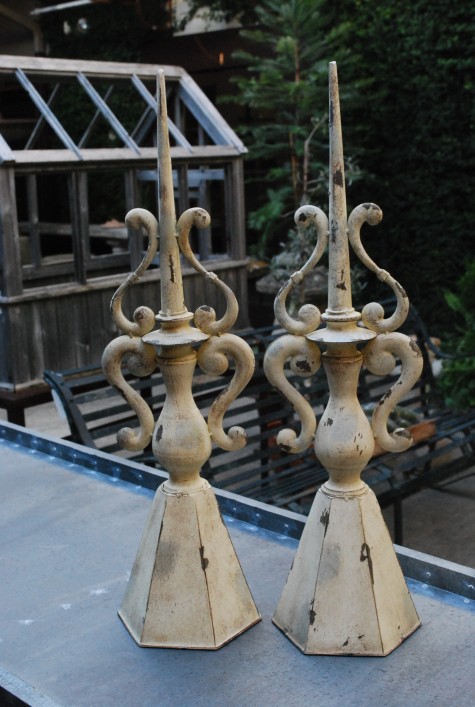My March issue of Better Homes and Gardens arrived yesterday-as did the most bitter cold, windy, and snowy weather that we have had all winter. Things even out, don’t they? In early May of last year, the magazine send a crew out to Detroit Garden Works to shoot pictures of our spring container plantings-for this March 2012 issue.
Rob and I both took plenty of time to get ready for their visit. Who knew what would strike their fancy. We did we do, and hoped for the best.
The spring season-that season when the garden wakes up-is rightly and greatly prized by gardeners everywhere. Though we will never agree on the best slicing tomato variety, or the best tree planting technique, or the best way to prune roses, or the must have perennials, we all agree that the coming of the spring is a perfect moment.
The Better Homes and Gardens film crew was very easy to work with. An art director, a photographer, and a photographers assistant were focused and professional-all three of them. They also happened to be very personal-this means they took the time to introduce themselves, shoot the breeze, play with the dogs, ask questions, tour-it took them all of an hour to fit in, and dial down our worry about a visit from a publication with a huge history, and an equally huge readership.
We plant pots for spring as we can’t help ourselves. What gardener doesn’t anticipate that first spring moment when they can put their hands in the soil? We are no different than most.
It may be we plant more pots in the spring than the summer. The winter months can be very long. The grey is endless. This means the spring is just cause for celebration. A big celebration.
We did plant pots specifically for this photo shoot. But they took to what interested them. I was pleased we had lots from which to choose. The subject of gardening is a big one; that umbrella is big enough to accomodate all different points of view.
These simple plantings proved to be among their favorites-check out the article. What I learned? A very simple and modest container planting represents the garden as well as the most elaborate landscape design and installation.
We spent two days moving pots and and all else associated with them around. Yesterday’s issue was their take on what they saw-this I respect. They gravitated towards small and simple spring plants. They liked a wide range of materials. It was an education, watching them see, select, and work. What they gravitated towards is of interest to me. When I plant for clients, it is always with the idea that what they see might better encourage them to garden. And garden more.
I do so enjoy planting those first pots of the season. I routinely plant them too early-hoping that spring will somehow come sooner than usually scheduled. These containers I planted, and moved to the south side of the building-hoping for some extra sun, and some extra heat.
In retrospect, I am pleased with all of the color. The green months are but half of my year; no wonder I treasure them. I can hardly wait for that day to come that looks like this one.
We are every bit of 6 weeks, maybe 12 weeks in advance of the day this picture was taken. This is longer than I would like. But the March issue of Better Homes and Gardens is a sure sign that spring is on the way.
